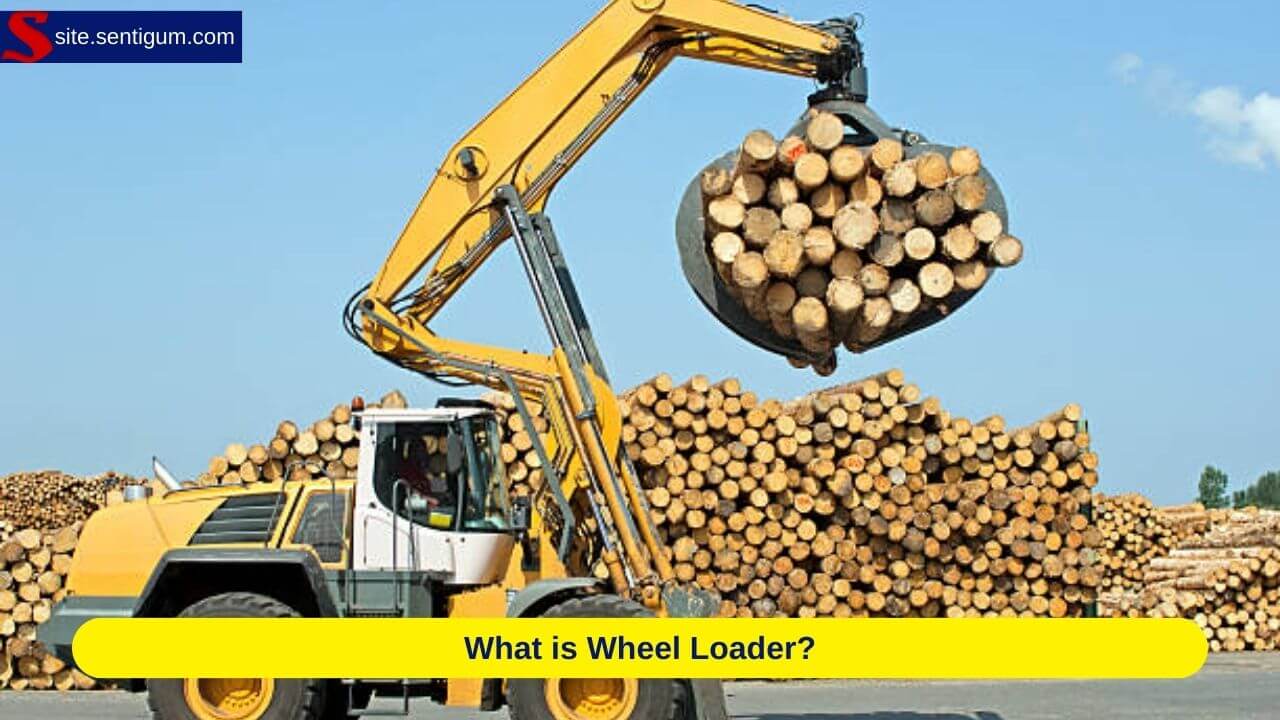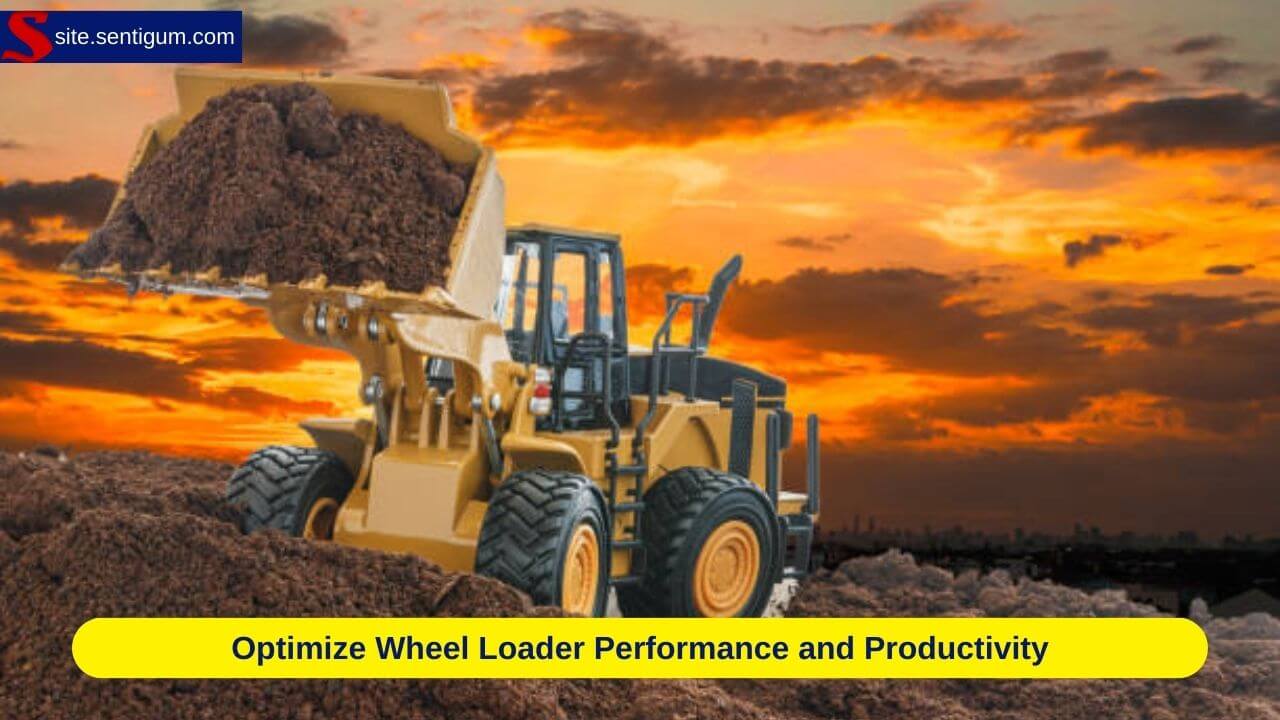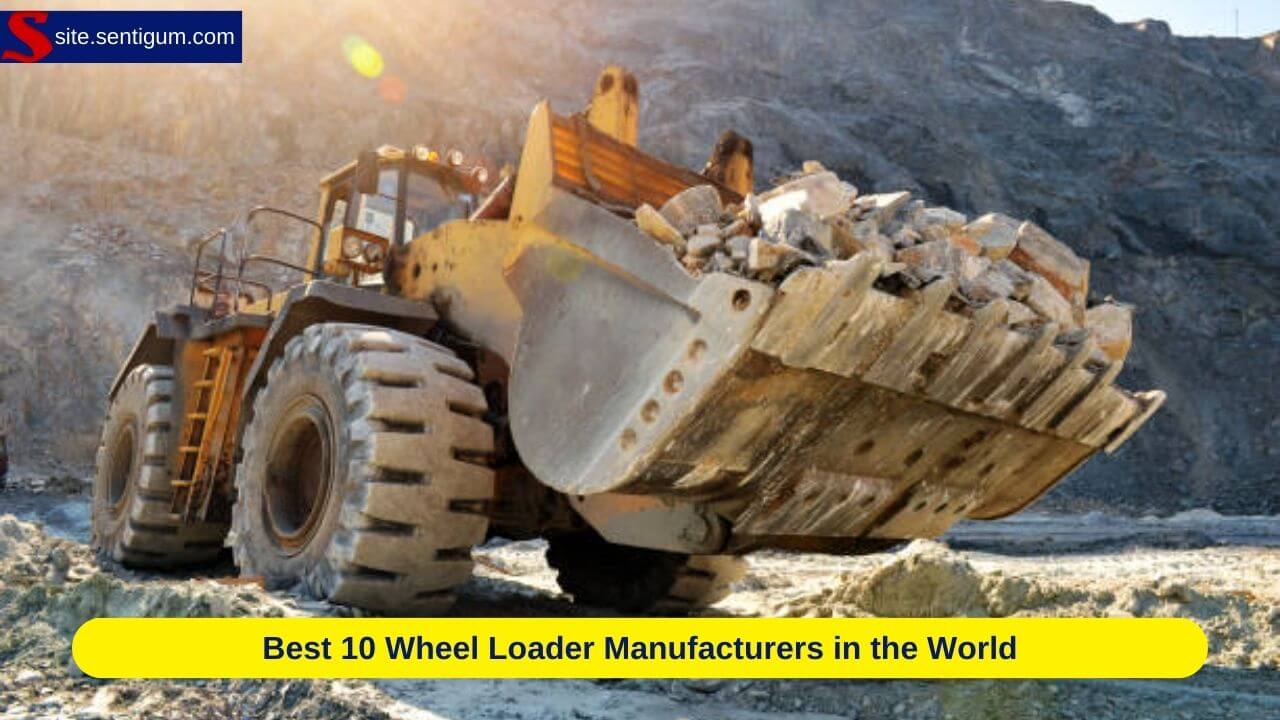Optimize Wheel Loader Performance and Productivity – Efficient utilization of wheel loaders hinges on meticulous maintenance practices, emphasizing regular checks and preventive measures to ensure peak performance of critical components such as the transmission, engine, and hydraulic system.
The integration of advanced technologies, including telematics systems and artificial intelligence, plays a pivotal role in optimizing wheel loader productivity by providing real-time data, enabling predictive maintenance, and enhancing operational precision.
Operator proficiency is paramount in achieving optimal wheel loader performance, necessitating comprehensive training programs that cover equipment operation, safety protocols, and ongoing skill development.
Proactive maintenance strategies, such as predictive maintenance techniques and regular inspections, contribute significantly to minimizing downtime, reducing repair costs, and maximizing the reliability of wheel loaders in diverse work environments.
Fuel efficiency and environmental considerations are integral to the optimization process, encouraging the exploration of alternative fuels, engine upgrades, and the customization of wheel loaders to specific applications, aligning equipment performance with sustainability goals.
What is Wheel Loader?

A wheel loader is a heavy equipment machine characterized by a front-mounted bucket on a articulated chassis, featuring four large wheels and a hydraulic system that enables the loader to lift and transport materials such as soil, gravel, sand, or other heavy materials at construction sites, mines, and various industrial settings.
The articulated chassis allows for enhanced maneuverability, making wheel loaders versatile for a wide range of loading, digging, and material-handling tasks.
They are commonly used in construction, agriculture, mining, and other industries to efficiently move and transport bulk materials across short distances.
Optimize Wheel Loader Performance and Productivity

Optimizing wheel loader performance and productivity is crucial for achieving efficient material handling and maximizing operational output.
Here are key strategies to enhance the performance and productivity of wheel loaders:
Regular Maintenance and Inspections
Conduct routine inspections and adhere to a comprehensive maintenance schedule.
Check crucial components such as the transmission, engine, hydraulic system, and tires to identify potential issues early and prevent unexpected breakdowns.
Advanced Technology Integration
Embrace telematics systems and advanced technologies to monitor real-time data on fuel consumption, equipment health, and operator behavior.
Implementing automation and artificial intelligence can optimize loading patterns, reduce fuel consumption, and enhance overall operational efficiency.
Operator Training and Skill Development
Invest in thorough operator training programs to ensure proficiency in equipment operation, safety protocols, and preventive maintenance procedures.
Continuous skill development keeps operators updated on the latest technologies and best practices, contributing to improved efficiency.
Payload Optimization
Understand the wheel loader’s payload capacity and avoid overloading to maintain optimal performance.
Utilize load monitoring systems and implement efficient material handling techniques, such as proper bucket selection and loading patterns, to maximize productivity.
Predictive Maintenance Strategies
Implement predictive maintenance techniques, such as vibration analysis and oil analysis, to anticipate potential equipment failures.
This proactive approach minimizes downtime, reduces repair costs, and enhances the overall reliability of wheel loaders.
Fuel Efficiency Measures
Tune engines for optimal performance and consider upgrades to enhance fuel efficiency.
Explore alternative fuels and power sources, such as electric or hybrid systems, to align with sustainability goals while maintaining or improving wheel loader performance.
Customization for Specific Applications
Customize wheel loaders based on the specific requirements of the work environment.
This includes selecting appropriate tire types, bucket designs, and specialized attachments to optimize performance for various applications, from construction to mining.
Efficient Load and Dump Strategies
Develop and implement strategies for efficient load and dump cycles, considering the characteristics of the materials being handled.
This includes optimizing routes, minimizing idle time, and adopting best practices to streamline the loading and unloading processes.
Environmental Considerations
Align wheel loader operations with environmental sustainability goals.
Consider the use of eco-friendly lubricants, explore emission-reduction technologies, and adopt practices that minimize the environmental impact of material handling activities.
Continuous Monitoring and Improvement
Establish a feedback loop for continuous monitoring and improvement.
Regularly assess performance metrics, gather feedback from operators, and implement changes or upgrades as needed to adapt to evolving industry standards and maintain a competitive edge.
By incorporating these strategies, businesses can not only optimize wheel loader performance but also enhance overall productivity, reduce operational costs, and contribute to a more sustainable and efficient material handling process.
Best 10 Wheel Loader Manufacturers in the World

Here are some well-known wheel loader companies from around the world:
Caterpillar Inc. (United States)
Caterpillar is a leading manufacturer of construction and mining equipment, including wheel loaders.
Komatsu Ltd. (Japan)
Komatsu is a Japanese multinational corporation that produces construction, mining, and military equipment, including wheel loaders.
Volvo Construction Equipment (Sweden)
Volvo CE is a major player in the construction equipment industry, and they manufacture a range of wheel loaders.
JCB (United Kingdom)
JCB is a British multinational corporation known for manufacturing construction equipment, including wheel loaders.
Hitachi Construction Machinery (Japan)
Hitachi manufactures a variety of construction and mining equipment, and they produce wheel loaders as part of their product lineup.
Liebherr Group (Switzerland/Germany)
Liebherr is a global manufacturer of construction machinery and other heavy equipment, and they produce wheel loaders.
Doosan Infracore (South Korea)
Doosan Infracore is a South Korean company that manufactures construction equipment, including wheel loaders.
SDLG (China)
Shandong Lingong Construction Machinery Co., Ltd. (SDLG) is a Chinese manufacturer of construction machinery, and they produce wheel loaders.
XCMG Group (China)
XCMG is a Chinese multinational state-owned company that manufactures construction machinery, including wheel loaders.
CASE Construction Equipment (United States)
CASE is a brand of construction equipment and machinery owned by CNH Industrial, and they produce wheel loaders.
Conclusion
In conclusion, optimizing wheel loader performance and productivity involves a multifaceted approach that integrates meticulous maintenance practices, advanced technologies, operator proficiency, and environmental considerations.
The passage highlights key strategies, including regular maintenance and inspections, the integration of advanced technologies like telematics and artificial intelligence, operator training, predictive maintenance techniques, and customization for specific applications.
Efforts to optimize wheel loader performance also emphasize the importance of fuel efficiency, payload optimization, and efficient load and dump strategies.
The passage suggests considering alternative fuels, engine upgrades, and customization to align with sustainability goals.
Additionally, it underlines the significance of continuous monitoring and improvement, ensuring that businesses adapt to evolving industry standards and maintain a competitive edge.
The list of top wheel loader manufacturers further provides insight into the global landscape of companies producing these heavy equipment machines.
Overall, the passage advocates a comprehensive and proactive approach to wheel loader optimization, aiming not only to enhance performance and productivity but also to minimize downtime, reduce operational costs, and contribute to a more sustainable and efficient material handling process.